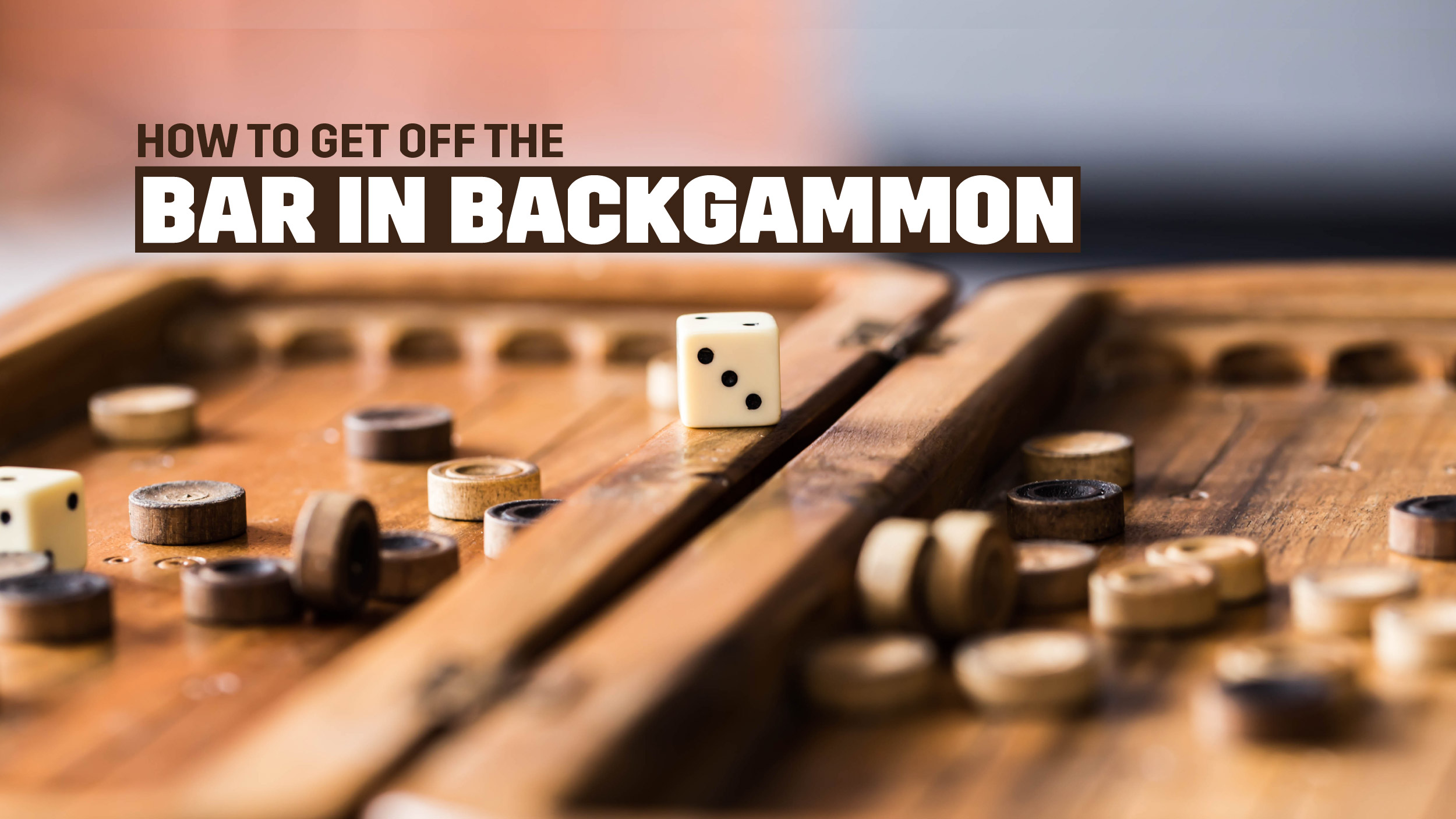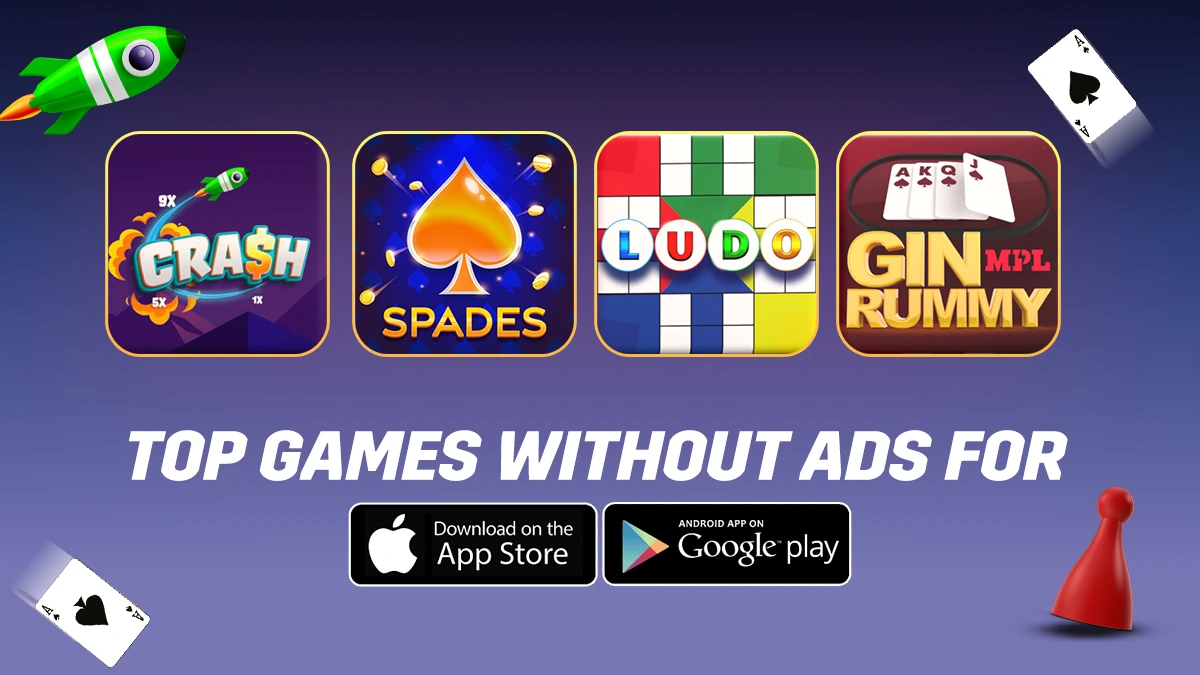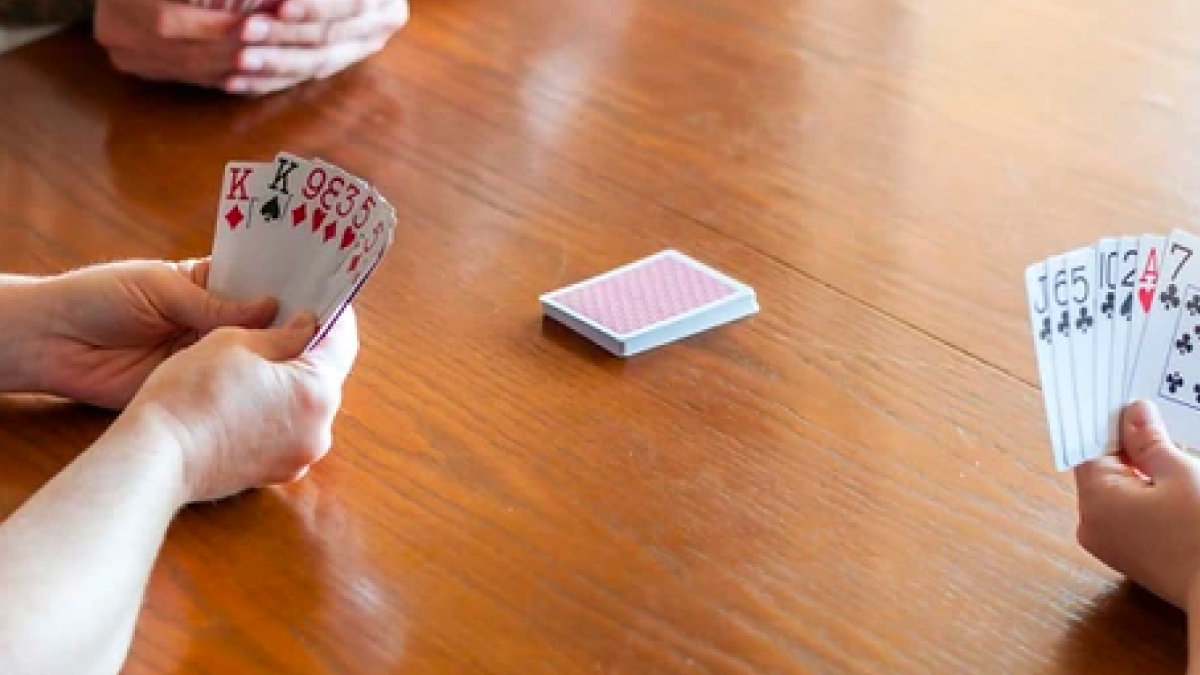Table of Contents
ToggleBrief Introduction to Backgammon Game
If you haven’t yet heard about Backgammon or played it, you are certainly missing out on a fun little board game. For the uninitiated, Backgammon is a board game comprising twenty-four triangular pillars known as points. Each player gets 15 checkers (generally black & white or white & red). The points indicate spaces where players can move their checkers. The board divides itself into two by its central bar. Whenever a player’s checkers are hit, they are placed in this middle section.
Each player’s objective in Backgammon is to be the first to bear off all fifteen checkers from their starting position. Players take turns in rolling dice and moving checkers accordingly. To begin, each player goes for a single die roll. The player with the higher roll usually goes first; in case of a tie, the player rolls one more time. The doubling cube adds an element of strategy to the game, indicating the opportunity to double the game’s value at one point. However, in this piece, we will focus on unique situations where your checkers get hit or taken down or sent off the bar by the opponent and make a re-entry into the board afterward.
How Are You Taken Down or Sent Off To The Bar?
A point occupied by a single checker is commonly called a blot. When an opposing checker lands on a blot, it is said to be hit and placed on the bar that runs along the board’s center. If the player has one or more checkers on the bar, the only allowable action is to re-enter the same checker(s) back into the opponent’s home board.
The same applies to hitting an opponent’s blot. If your checker lands on the opponent’s blot, the opponent’s checker will be removed from the board and put on the bar. This is called “hitting” your opponent’s blot. Depending on the rolled dice, you can remove more than one of the opponent’s checkers at a time.
Ways To Get Off The Bar in Backgammon
Now comes the fun part. Here, we tell you how to get off the bar in backgammon!
Rolling The Dice
During match play, a checker can re-enter the board by rolling the dice and moving it to an open point corresponding to either of the numbers on the rolled dice. For example, if players roll 4-5, they can re-enter a checker onto either the opponent’s four or five points, except when a minimum of two opponent checkers occupy the spot. It is essential to note that the specific number required to re-enter should appear on at least one die. You cannot use the sum of both dice to make a re-entry.
He forfeits his turn if the player fails to find an open point. If a player can enter a few but not all their checkers, they must push for entry of as many checkers as possible and subsequently relinquish the remaining dice rolls. After your final checker has been (re)-entered, you can play any unused numbers on the dice. You can do this by moving either the re-entering checker or any existing checker on the board. This is how to get off the bar in backgammon.
Closed Board
So, how do you get off the bar in backgammon? Well, when your opponent builds a six-prime in the opposing home board, and you still have a checker on the bar, there isn’t anything you can do as you are “closed out.” Since no points are available to re-enter, you forfeit your dice roll. The checker remains immovable on the bar until your opponent decides to open one of the points on their home board.
If you have closed out your home board and your opponent still has at least one checker on the bar, it is a solid opportunity to attain momentum and be ready to bear off. There’s a high chance to win by a gammon or backgammon in such a situation. However, you will need to move carefully when trying how do you get off the bar in backgammon as you can still stand to lose from this secure position.
Strategies To Get Off The Bar
Here are a few strategies you must keep in mind when it comes to how to get off the bar in backgammon after you have understood how to get off the bar in backgammon.
Land On The Safe Side
When re-entering from the bar, try to land on points that are unoccupied or only occupied by a single opponent’s checker. This reduces the risk of being hit again and you can then maintain control of your checkers on the board.
Look At The Blocking Opportunities
Use your re-entry to block key points in your opponent’s home board. You can create a block or a prime to limit your opponent’s movement options and provide you with a strategic advantage.
Understand the Opponent’s Home Board
Check the opponent’s home board to identify the safest re-entry points. If your opponent has a strong position with many occupied points, choose a re-entry point that avoids those areas and positions you for future moves.
FAQs
Is it double-valid if I have a checker on the bar?
Yes, you can double as long as it’s your turn and you’re yet to roll the dice. This also includes turns where you don’t get to roll as you have a checker on the bar, and your opposing home board is closed. However, you may need to request your opponent to wait before rolling to consider your double. They may even roll faster since you don’t have to play with the dice.
When the checker has re-entered, can I move my other checkers?
Yes, though it’s possible only when no other checkers are on the bar. You must first enter all of your checkers from the bar before moving any existing checkers on the board. Nevertheless, once checkers from the bar have re-entered the board, you can use your remaining dice rolls to resume moving any checkers around the board.
Is there a specific limit to the total number of checkers on the bar?
The number of checkers on the bar is not limited at any point. While it is common to see one or two checkers on the bar, higher numbers are always possible.
Which is the highest point in backgammon?
In Backgammon, there’s no single higher-numbered point on the board. However, the 5-point is very valuable because it helps control the game and block your opponent. The 7-point can also be crucial as it provides a strong position. Points in the opponent’s home board are key when re-entering.










